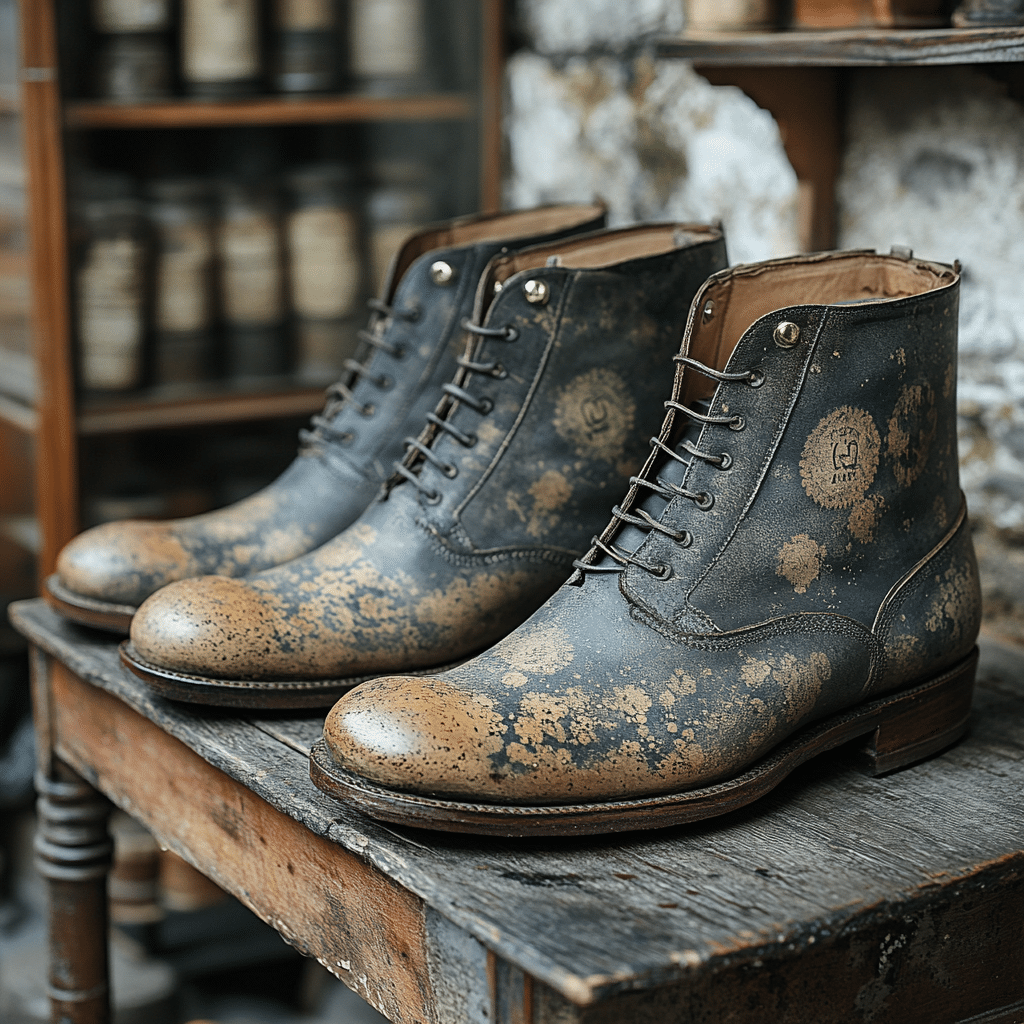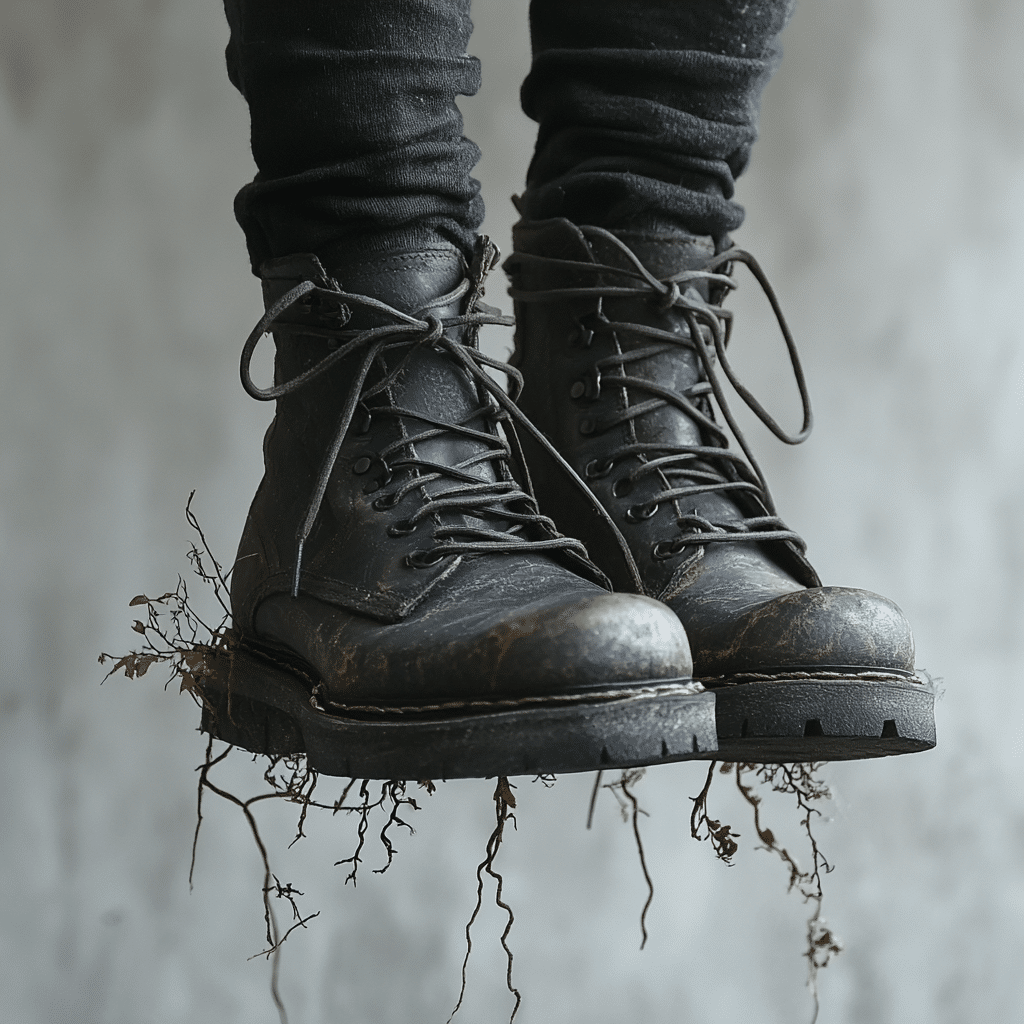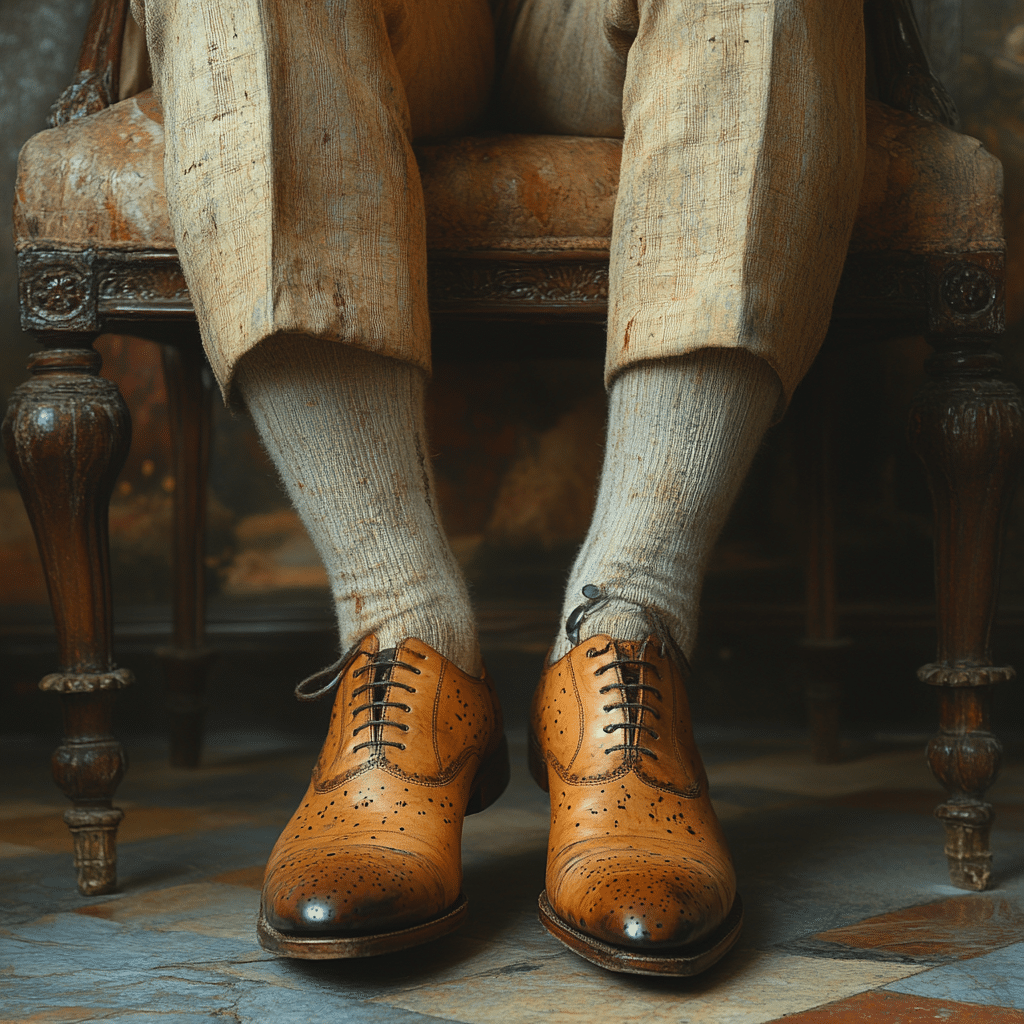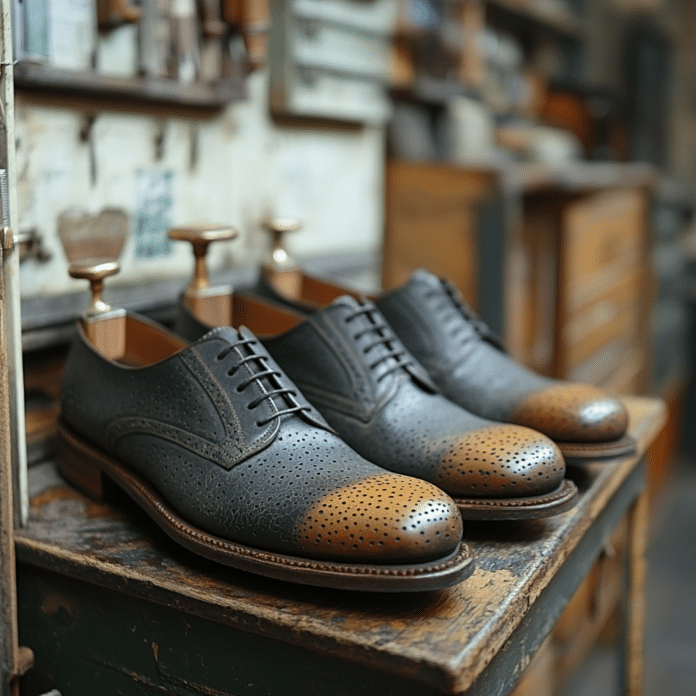The craft of shoemaking has long been a captivating blend of artistry and practicality, but the emergence of vagabond shoemakers over the past few decades has elevated this trade into a profound cultural expression. These itinerant artisans weave their personal journeys into the footwear they create, often while traversing different regions and soaking up diverse traditions. This exploration of vagabond shoemakers reveals how their creations reflect not merely a function but a story enriched with cultural nuances, innovative designs, and sustainability efforts.
1. The Global Influence of Vagabond Shoemakers
The fusion of culture and craftsmanship is at the heart of vagabond shoemakers’ work. Their products embody varied artistic influences, each pair of shoes narrating a unique tale interlaced with the artisan’s heritage. Let’s take a closer look at notable examples that illustrate this rich tapestry.
1.1 Moroccan Babouches
In Morocco, traditional babouches stand out as a symbol of local artistry. These hand-stitched slip-ons feature intricate embroidery that not only adds flair but also tells a story of cultural significance. From vibrant colors to delicate motifs, each pair embodies a piece of Moroccan history. Craftsmanship here reflects a communal ethos, where generations pass down techniques to keep the artistry alive. Such dedication fuels the allure of these shoes globally.
1.2 Japanese Geta
Shifting to Japan, we encounter geta—wooden sandals that elevate wearers above the ground. Made by vagabond shoemakers, these minimalist shoes serve a dual purpose: they celebrate Japanese aesthetics while providing practicality in wet conditions. The wooden design prevents dirt from reaching the feet, showcasing how cultural practices influence footwear. It’s a blend of tradition and necessity, demonstrating the skill involved in their crafting.
1.3 Mexican Huarchos
In Mexico, artisans create huarchos, footwear bursting with vibrant patterns and colors. Hand-woven straps make each pair distinctive, showcasing the artisan’s skill and regional identity. The production processes often involve communal workshops, emphasizing the shared knowledge embedded in the craft. For onlookers, slipping on these sandals is like stepping into a celebration of Mexican culture, where every thread reflects local heritage.
1.4 Italian Leather Boots
Italy is a nucleus for high-quality leather, drawing vagabond shoemakers from around the globe. Here, the tradition of leather crafting has become an art form; boots are crafted with centuries-old methods passed through generations. Each boot embodies exquisite craftsmanship and showcases rich materials that speak to the wearer’s taste and style. As consumers become more discerning, the market continues to shift toward unique creations emphasizing both functionality and artistic expression.
1.5 Indian Juttis
In India, traditional juttis often grace weddings and celebrations, handcrafted by local artisans. The embroidery used reflects the artistry of various communities, drawing on centuries of tradition. Juttis not only serve as stylish footwear but also hold cultural significance, often paired with traditional garments. They’re more than just shoes; they symbolize the stories and history of Indian craftsmanship.

2. Unique Materials and Techniques in Footwear Crafting
Sustainability and eco-friendliness define the ethos of many vagabond shoemakers. By embracing innovative materials and traditional methods, these artisans craft footwear that resonates with today’s environmentally conscious consumers.
2.1 Upcycled Textiles
Artisans in Thailand have taken the initiative to repurpose discarded textiles, giving them a second lease on life. By transforming vintage silk from traditional garments into chic sandals, they showcase a commitment to sustainability. This approach not only reduces waste but also preserves traditional designs that may have otherwise been lost.
2.2 Natural Dyes
Down in South America, the use of natural dyes by vagabond shoemakers represents a shift toward sustainable practices. Made from local plants and minerals, these dyes offer a rich spectrum of colors while minimizing environmental impact. The tone and texture preserved through these techniques celebrate the artistry inherent in their cultural heritage.
3. Iconic Footwear Trends: Burberry Jackets and Skechers Boots
While vagabond shoemakers emphasize artisanal practices, mainstream brands like Burberry and Skechers reflect broader trends within footwear. The evolution of these brands illustrates how custom craftsmanship and mass production can coexist.
3.1 Burberry’s Innovative Collaborations
Known primarily for its trench coats, Burberry has also made waves in footwear with their wedged ankle boots. These designs blend classic British sophistication with modern flair, often featuring bold patterns akin to those seen in vagabond shoemakers’ work. The delicate craftsmanship in their shoes demonstrates a serious commitment to quality and style.
3.2 Skechers Boots’ Comfort Meets Style
Skechers, famous for comfort, has embraced versatile footwear trends that mirror the practicality of vagabond shoemakers. Their boots utilize innovative cushioning, ensuring that wearers can enjoy both style and comfort. As consumers become more discerning, Skechers proves that mainstream brands can adopt artisanal principles while keeping their products accessible.

4. Accessories That Complement Unique Footwear: Bogg Bag Innovations
In today’s fashion landscape, complementary accessories can elevate an outfit, and brands like Bogg Bag have tapped into this need. Known for their waterproof, customizable bags, Bogg Bag’s products harmonize beautifully with the vagabond lifestyle, allowing travelers to express their personal style while remaining practical.
Combining utility with design, a thoughtfully chosen bag can enhance the overall look complemented by a pair of well-crafted shoes. It speaks to a broader trend: consumers seek authenticity and creativity, wanting items that tell their own stories.
5. From Body Art to Footwear: The Boebert Tattoo Influence
Fashion is increasingly intertwining with personal expression, notably through body art, such as Boebert tattoos. These tattoos represent individuality, paralleling the ethos of vagabond shoemakers. Custom-designed footwear that incorporates tattoo-inspired elements resonates with consumers craving to express their narratives in their style choices.
As the currency of storytelling gains traction in the fashion world, vagabond shoemakers embody this spirit, delivering products that echo personal journeys. Tattoo motifs in footwear create a dialogue between artistry and identity—a space where everything from the ink on the skin to the shoes on the ground resonates with self-expression.
In conclusion, vagabond shoemakers exemplify the essence of global culture through their craftsmanship. By embracing heritage, sustainability, and modern design, these artisans carve out a niche in the fashion industry that reflects not only skill but a meaningful connection to their cultural roots. As more consumers appreciate the artistry and narrative behind footwear, these shoemakers inspire a shift toward a more sustainable and culturally rich approach to fashion. With each step they take, they create footwear that’s more than just a means to get from point A to B—it’s a canvas for expression, identity, and global connection.
For more interesting insights, explore Lurgan News, discover innovative changes with Harbor Friends, or delve into trending topics like sashimi Vs sushi and even cultural phenomena such as Franklin Saint. Don’t miss out on finding out How old Is Tom hanks or explore Dijonai Carrington Stats if you’re into sports. For those with children’s interests, learn more about Kids in mind or grow your green thumb with amaryllis Bulbs. Got a curiosity about the latest shoe trends? Check out the incredible Gt Cut 1 and its impact on fashion!
Vagabond Shoemakers: A Global Journey in Craftsmanship
The Diverse Footprints of Vagabond Shoemakers
Vagabond shoemakers have a fascinating history that stretches back centuries. Did you know that these artisans often blend traditional practices with contemporary techniques? For example, in Morocco, shoemakers create exquisite leather slippers called “babouches” using ancient methods that have been handed down through generations. These comfy shoes have become a colorful staple in Moroccan culture, showcasing the artistic flair of local craftsmanship. This blending of old and new is what makes the world of vagabond shoemakers so captivating.
Speaking of compelling crafts, let’s venture over to India, where the meandering paths of shoemakers can be traced to the colorful markets of Rajasthan. Here, artisans skillfully create “juttis,” a type of footwear that’s both stylish and practical. What’s cool is that these shoes often feature intricate embroidery and vibrant colors that tell stories of the region’s heritage. In India, the role of these shoemakers is essential; they keep traditions alive while also catering to modern tastes. Just imagine buying a handmade pair that feels like it’s crafted just for you!
Footwear with Stories to Tell
Now, if we drift away from the markets and into history, you’ll find something truly remarkable. Vagabond shoemakers have been a mobile, vibrant part of various communities for ages. In medieval Europe, wandering shoemakers would repair and produce shoes right on the streets! They were known as “cobblers,” and their skills were indispensable. Every shoe they patched or created had a story—much like the customers they served. This rich tapestry of craftsmanship links the then to the now, reflecting the heritage and adaptability of shoemakers everywhere.
One interesting tidbit: did you know that the practice of shoemaking can significantly reflect local climate and lifestyle? For instance, in colder regions, you’ll find more insulated designs, while warmer climates often favor open or breathable materials. This adaptability highlights the talent and resourcefulness of vagabond shoemakers globally, ensuring their footwear meets both necessity and style. Plus, the shoe stories shared at community gatherings bring people together, turning a simple foot covering into an item of cultural significance.




